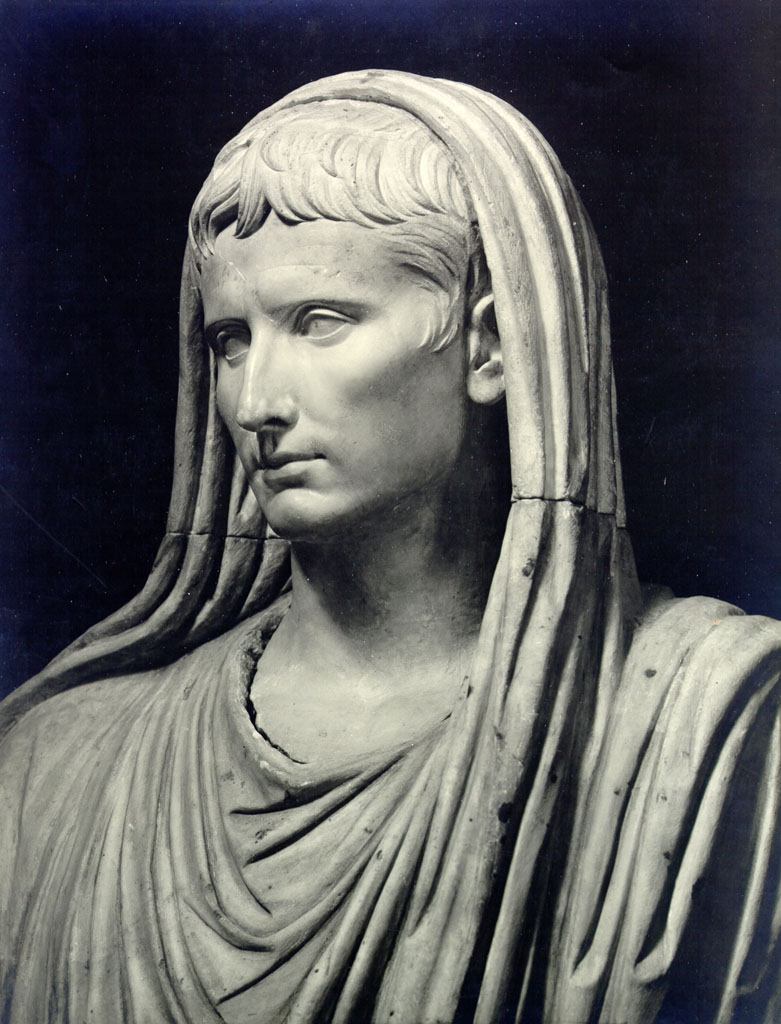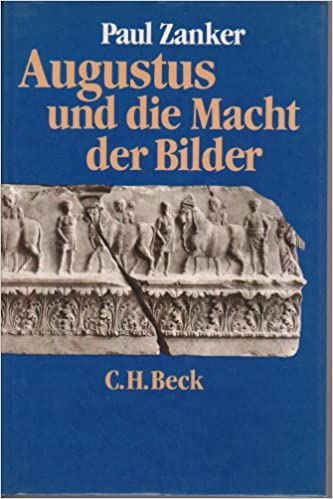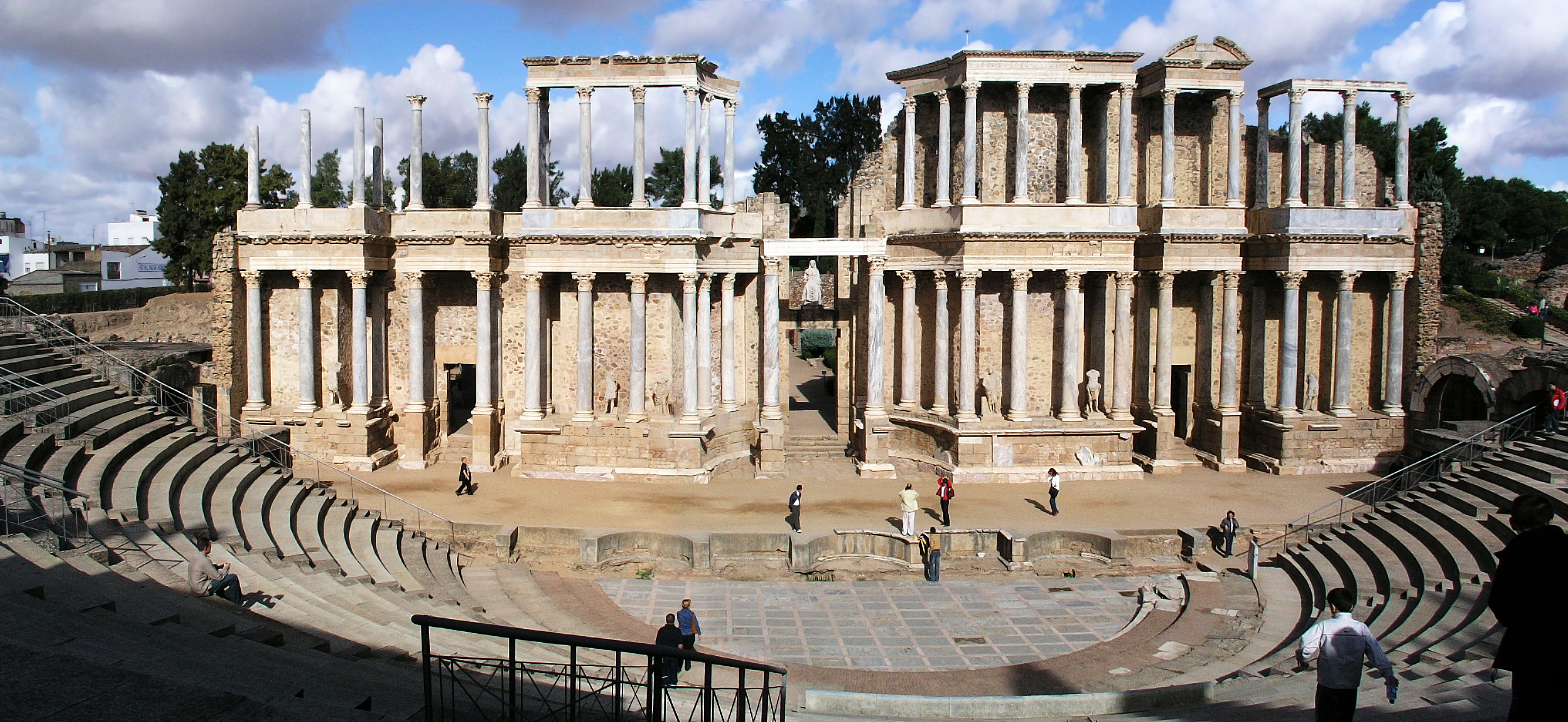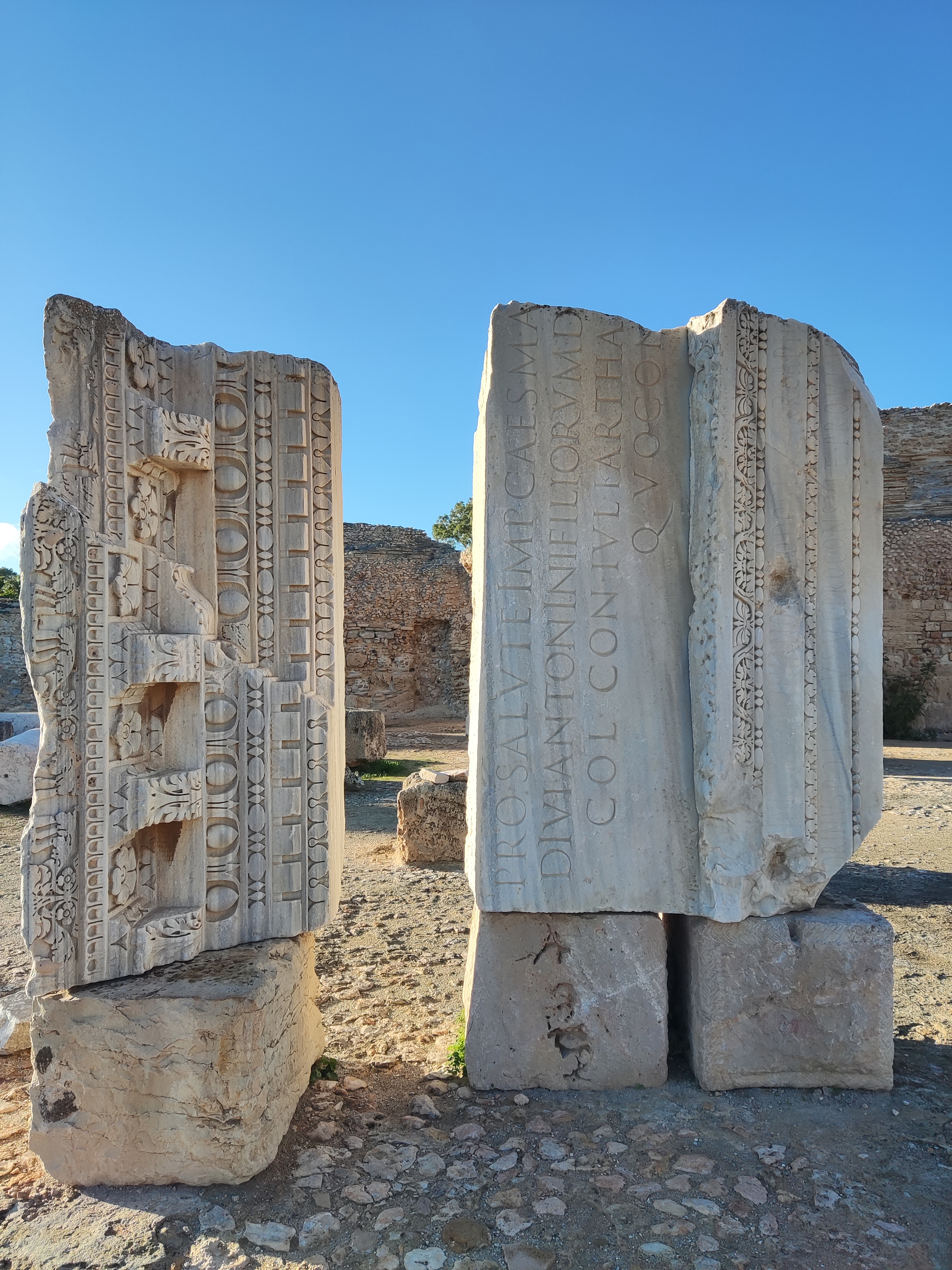A guest blog by Marie Sk?odowska-Curie Fellow Dr Sergio España-Chamorro

https://commons.wikimedia.org/wiki/Augustus#/media/File:Augustus_as_pontifex_maximus.jpg
Zanker’s Augustus und die Macht der Bilder (translated into English as The power of images in the Age of Augustus) is a very important book for all interested in the early Roman Empire. This book is not only about art and iconography, but also provides a clear idea about the importance of images in the creation of Augustan propaganda. This was, of course, a long lasting process that started in the Late Republic. But what about text? If the iconography was very important for Augustan propaganda, texts, and particularly inscriptions, were also a crucial element. The use of different materials, certain words, new uses in the public domain and new relationships with buildings, statues and landscapes initiated a new period of the development of Latin epigraphy.

This process not only affected Rome or Italy, but the provinces too. The creation of dozens of Augustan colonies helped to spread the Roman way of life, and also the Latin language and writing across Europe, Africa and Asia. The new fashions in self-representation motivated the exportation of this new epigraphic habit to each place in which these veterans were located. However the geographic and linguistic contexts were very different and this raises a lot of questions. How did this process take place? How was Latin and epigraphy spread through these military communities across the Roman world? What was its impact? Who exactly promoted this change? Who did not? To what extent did it affect local communities?

https://es.wikipedia.org/wiki/Augusta_Emerita#/media/Archivo:Merida_Roman_Theatre1.jpg
Research has been undertaken on the development of the Augustan epigraphic habit in individual provinces. However, a wide-scale analysis which takes in East and West has not been attempted until now. The Marie Sk?odowska-Curie project IMPACTVM (Mapping the impact of the Augustan colonies on the Early Roman Empire, Grant Agreement nº 101025799) funded by the European Commission, with secondment supervisor Professor Alex Mullen, tries to answer to these questions. The scope of IMPACTVM is to analyse the developments in five triumviral or Augustan colonies along the Mediterranean as case studies:
- Colonia Augusta Emerita (Mérida, Spain), capital of Lusitania.
- Colonia Augusta Lugdunum (Lyon, France), capital of Gallia Lugdunensis.
- Colonia Iulia Carthago (Carthage, Tunisia), capital of Africa Proconsularis.
- Colonia Iulia Corinthus and colonia Augusta Archaica Patrensis (Corinth and Patras, Greece) in Achaea.
- Colonia Iulia Augusta Philippensis (Filippoi, Greece) in Macedonia.

These colonies have been selected for geographical breadth and for their political role in the regions in which they were founded. The analysis of their epigraphic habit has complex social dimensions which must be considered using a sociolinguistic approach. From J. N. Adam’s work to the more recent analyses taken by LatinNow team, we have a clear idea how important this approach is for understanding the diversity of the ancient world, the multicultural way to deal with writing and the multilingualism of the Roman empire. For this reason, a multi-comparative and multi-disciplinary analysis of IMPACTVM will try to define the differences of the spread of Latin epigraphy in provincial colonial environments in this particular period of change. My visit this month to the Centre for the Study of Ancient Documents at Oxford University has allowed me to work with the ERC-funded LatinNow and Crossreads teams and to establish the base for this sociolinguistic analysis. I’m looking forward to applying what I’ve learnt and seeing the results!